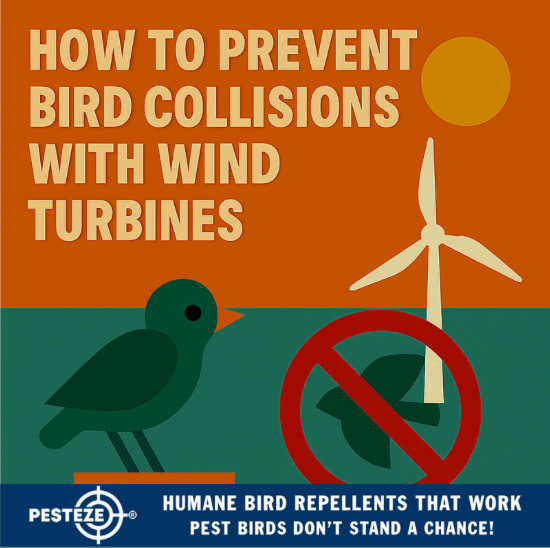HOW TO PREVENT BIRD COLLISIONS WITH WIND TURBINES

HOW TO PREVENT BIRD COLLISIONS WITH WIND TURBINES
SUMMARY
Wind turbine installations create significant collision risks for bird populations, presenting complex challenges for renewable energy and wildlife conservation in 2025.
FEATURES
- Wildlife Protection: Comprehensive strategies to reduce bird mortality in wind energy environments.
- Renewable Energy Preservation: Methods to maintain wind turbine efficiency while protecting local wildlife.
- Ecological Preservation: Advanced approaches to minimize environmental impact of renewable energy infrastructure.
- Technological Innovation: Cutting-edge solutions for preventing bird collisions with wind turbines.
- Scientific Management: Data-driven strategies for wildlife and energy coexistence.
GUIDE DESCRIPTION
Wind turbine installations represent critical challenges for wildlife conservation, creating potentially fatal obstacles for bird populations. The massive rotating blades create invisible hazards that birds struggle to detect, resulting in significant avian mortality rates across renewable energy landscapes.
Technological innovations in 2025 provide sophisticated solutions for preventing bird collisions with wind turbines. Advanced detection systems, intelligent tracking technologies, and targeted intervention approaches offer comprehensive protection strategies that balance renewable energy production with wildlife preservation.
Bird collision prevention requires a multifaceted approach that integrates multiple scientific and technological strategies. Understanding bird migration patterns, local species behaviors, and specific environmental conditions becomes essential for developing effective protection mechanisms.
Modern wind farm design incorporates advanced technologies to minimize bird collision risks. Intelligent tracking systems, specialized blade modifications, and environmental monitoring techniques create comprehensive protection strategies that significantly reduce wildlife impact.
Professional wildlife management demands comprehensive approaches that consider multiple environmental factors. Migration patterns, local bird populations, seasonal variations, and specific landscape characteristics all play critical roles in developing effective bird protection strategies for wind energy installations.
Scientific research provides critical insights into bird navigation mechanisms and collision prevention. Advanced tracking technologies, machine learning algorithms, and sophisticated environmental analysis systems offer unprecedented capabilities for understanding and mitigating bird collision risks.
- Pukhraj Sharma


Comments 0